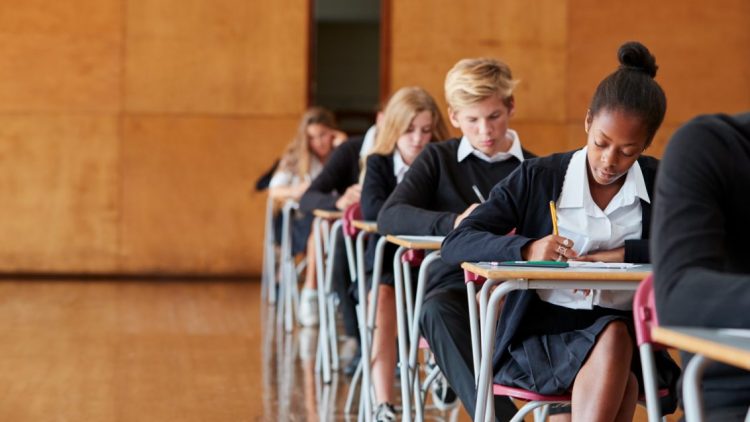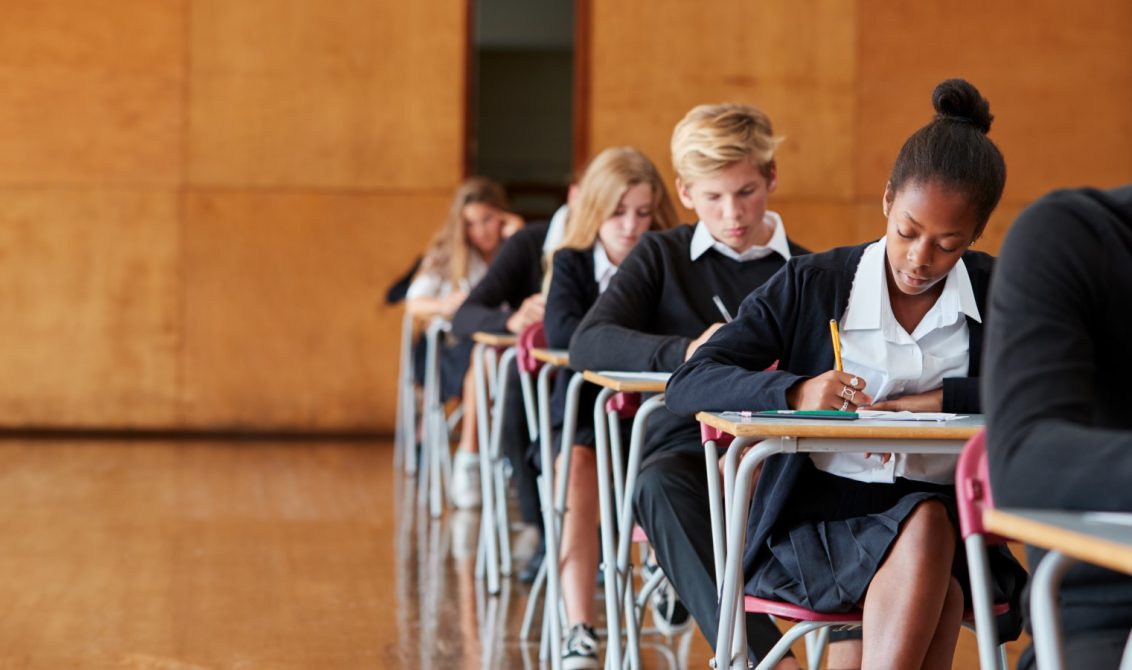Empowering Students: Implementing Mindfulness Practices for Wellbeing
Introduction: The Power of Now
Eckhart Tolle once said, “Realize deeply that the present moment is all you have. Make the NOW the primary focus of your life.” In our modern world, plagued by distractions and the chronic buzz of technology, this statement resonates with a profound truth: the importance of mindfulness. More than a mere buzzword, mindfulness can become a powerful tool in our educational institutions. This article will delve into the realm of mindfulness and how we can leverage it for student wellbeing, particularly in today’s technologically driven educational environment.
Section 1: Understanding Mindfulness
Mindfulness, at its core, is the practice of deliberately focusing on the present moment without judgment. It’s about fostering an awareness of our thoughts, emotions, and sensations in real-time, allowing us to better manage stress and enhance our overall well-being.
In the context of education, mindfulness techniques can help students manage their emotional states, improve focus, increase resilience, and enhance their learning abilities. Renowned neuroscientist Richard Davidson states, “Attention is the building block of learning.” As such, mindfulness practices that enhance students’ focus can drastically improve their educational outcomes.
Section 2: Implementing Mindfulness in the Classroom with Technology
Modern technology is a double-edged sword; while it can be a source of distraction, it can also be harnessed to implement mindfulness techniques in the classroom. Let’s look at some practical examples:
- Mindfulness Apps: There are several apps available, such as Headspace, Calm, and Smiling Mind, that can help introduce students to the practice of mindfulness. These apps offer guided meditations and mindfulness exercises that can be incorporated into the school routine.
- Virtual Reality (VR): Immersive technologies like VR can transport students to calming environments, aiding in mindfulness practice. For instance, a student can put on a VR headset and suddenly find themselves on a peaceful beach, guided through a mindfulness exercise by a calming voiceover.
- AI-driven Platforms: AI-driven mindfulness platforms can personalize mindfulness practices for students based on their individual needs. These platforms use machine learning algorithms to adapt to the user’s state of mind, providing tailored mindfulness exercises to optimize their experience and benefit.
Section 3: Mindfulness in Practice – Real-life Examples
Let’s delve into some real-life examples of mindfulness implementation in educational institutions:
- The ‘MindUP’ Program: This program, spearheaded by the Hawn Foundation (founded by actress Goldie Hawn), integrates mindfulness practices into the curriculum. A study involving 246 third- to fifth-grade students found that those who participated in the MindUP program displayed improved cognitive control, optimism, and prosocial behaviors.
- Case Western Reserve University: This university introduced a semester-long mindfulness course for first-year students. The students reported improved well-being, decreased stress levels, and a greater sense of connection to their fellow students.
Section 4: Tips for Successful Implementation of Mindfulness
Implementing mindfulness in a classroom setting is not a one-size-fits-all solution. It needs to be thoughtfully integrated into the existing curriculum. Here are some tips for a successful implementation:
- Consistent Practice: Like any skill, mindfulness requires regular practice. Aim for short, consistent sessions, perhaps at the beginning or end of the school day.
- Teacher Training: To effectively guide students through mindfulness practices, teachers themselves must understand and embody these practices. Invest in teacher training programs that offer mindfulness education.
- Create a Mindful Environment: Incorporate elements that promote mindfulness, like quiet, clutter-free spaces where students can retreat for a few minutes of mindful practice.
Conclusion: A Mindful Future
As we move forward in the fast-paced, ever-evolving landscape of education, we must not forget the significance of students’ mental and emotional wellbeing. By integrating mindfulness practices into our classrooms, we can offer our students a powerful tool for managing their mental health and improving their learning experiences.
As Steve Jobs once said, “The people who are crazy enough to think they can change the world are the ones who do.” As educators, let’s dare to be ‘crazy’ enough to bring mindfulness to our classrooms and see the transformative power it holds for our students.
In the pursuit of knowledge, let’s not forget the power of the present moment. After all, it’s in the NOW that true learning and growth happen.



